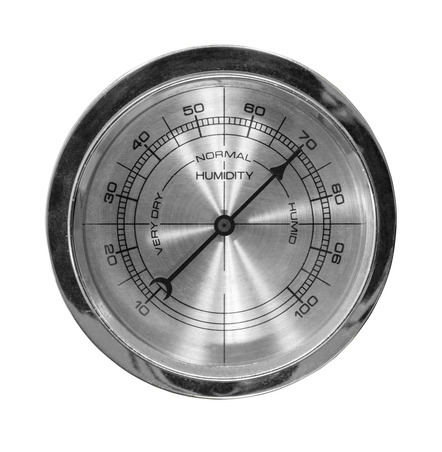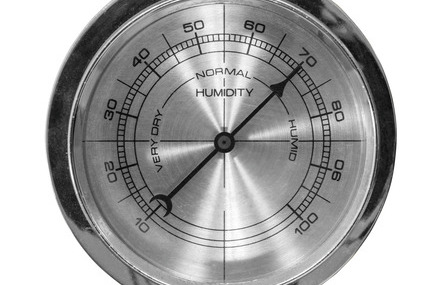Relative humidity is the amount of moisture contained in the air, compared to the maximum amount of moisture the air is capable of holding. Moisture content is affected by weather as well as the internal conditions and activities that happen every day within your home. The amount of moisture the air is capable of holding varies strictly with the temperature.

When the relative humidity in a room increases, moisture will tend to transfer from the air to wood and other absorbent materials in the room. When relative humidity decreases, moisture will transfer from these materials back into the air. Relative humidity changes by the hour, by the day, and by the season, always impacting the wood, felt, and other absorbent parts within your piano.
Since relative humidity is dependent on two factors – temperature and
moisture content of the air – its not possible to maintain a constant relative humidity level by controlling room temperature alone.
The first and simplest step you can take is the position your piano takes within your home. Avoid extreme conditions – direct sunlight, exposure to climate control vents, access to drafts from window and doors.
If you have specific problems in your home, you can add a room humidifier to add moisture during dry spells, or a dehumidification system to reduce moisture during wet seasons.
An easy way to control humidity problems right at the source is to have a humidity control system installed in the piano itself. They are installed out of sight, inside the case of a vertical piano or under the soundboard of a grand piano. They have a humidifier for adding moisture to the air, a dehumidifier for eliminating excess moisture, and a control unit that activates the system to add or remove moisture as needed.
While a humidity control system won’t eliminate the need for regular piano maintenance, it will provide more stable tunings by reducing the radical pitch changes your piano may experience as it moves through the seasons. When your piano stays closer to its correct pitch level, your technician does not have to perform a large pitch raising or lowering procedure, and thus balance is refined and maintained between the strings and the frame itself. In addition, it helps preserve your piano through the years. Wood, glue joints, metal parts and your piano’s finish will all last years longer if not subjected to excessive humidity swings.


